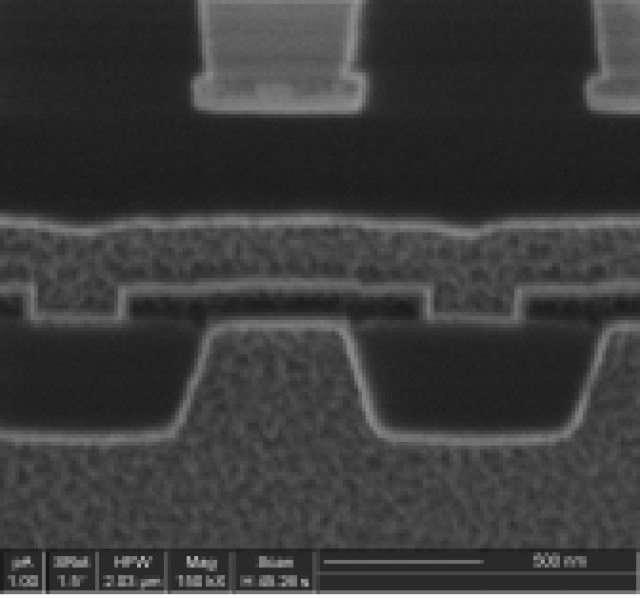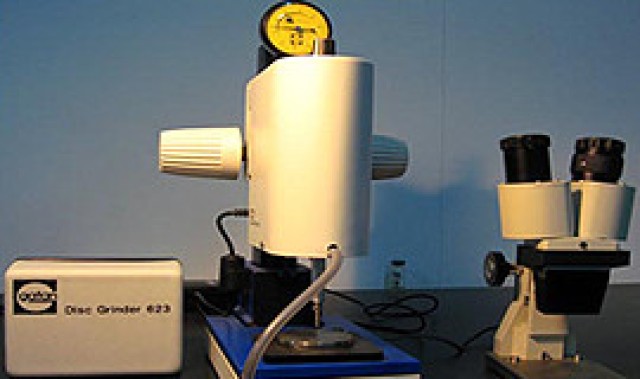
扫描电镜型号英文格式
- tem电镜样品
- 2024-04-21 08:20:18
- 120
纳瑞科技(北京)有限公司(Ion Beam Technology Co.,Ltd.)成立于2006年,是由在聚焦离子束(扫描离子显微镜)应用技术领域有着多年经验的技术骨干创立而成。
Scanning Electron Microscopy (SEM) is a versatile and powerful tool for studying the microstructure and composition of materials. There are many different types of SEM instruments available on the market, each with its own unique capabilities and applications. In this article, we will explore the various types of SEM instruments and their specifications in English.

One of the most common types of SEM instruments is the Transmission Electron Microscope (TEM). The TEM is designed to produce a high-resolution image of the sample by transmitting the electron beam through the material. This type of microscope is ideal for studying thin and lightweight materials, such as metals, semiconductors, and insulators.
Another popular type of SEM instrument is the Scanning Electron Microscope (SEM). The SEM is similar to the TEM, but it uses a different type of electron beam to produce an image. Instead of transmitting the electron beam through the material, the SEM uses a beam of electrons that is directed at the sample. This type of microscope is well-suited for studying a wide range of materials, including conductive and insulating materials.
Other types of SEM instruments include the Atomic Force Microscope (AFM), the Confocal Microscope, and the Electron Optical Dispersive Spectrometer (EDS). The AFM is a high-resolution imaging SEM that uses a sharp probe to scan the surface of the sample. The Confocal Microscope is a type of SEM that uses a laser to produce an image of the sample. The EDS is a tool for analyzing the composition of materials based on their electron structure.
When choosing an SEM instrument, it is important to consider the specific application and the materials that will be studied. Different types of SEM instruments are optimized for different types of materials and applications. For example, the TEM is ideal for studying thin metals, while the SEM is well-suited for studying a wide range of materials. The AFM is ideal for studying surface properties, while the EDS is ideal for analyzing composition.
In conclusion, scanning electron microscopy (SEM) is a powerful tool for studying the microstructure and composition of materials. There are many different types of SEM instruments available on the market, each with its own unique capabilities and applications. When choosing an SEM instrument, it is important to consider the specific application and the materials that will be studied to ensure the best results.
扫描电镜型号英文格式 由纳瑞科技tem电镜样品栏目发布,感谢您对纳瑞科技的认可,以及对我们原创作品以及文章的青睐,非常欢迎各位朋友分享到个人网站或者朋友圈,但转载请说明文章出处“扫描电镜型号英文格式 ”

上一篇
扫描电镜为什么要脱水
下一篇
综合基础知识题库








